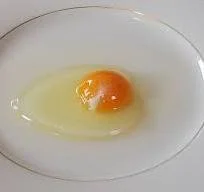Why do I have pain since using Spironolactone?
Here in Los Angeles I treat a lot of adult patients taking Spironolactone for acne. None of them suspect that this commonly used medication is the reason behind their need to come and see me.
What is a BBT (basal body temperature) chart, should I do it, and how do I do it?
All forms of Earth life move in waves. Our menstrual cycles are no different.
Why I Love to Treat Uterine Bleeding
My favorite things to treat are those that
Make a big difference to someone's quality of life and healthcare
Have limited treatment options in conventional medicine
Leave no doubt about whether or not treatment has been successful
How to Time Sex or At-home Insemination When Trying to Conceive
One question I get a lot in the clinic is what exactly is the best way to time insemination?




